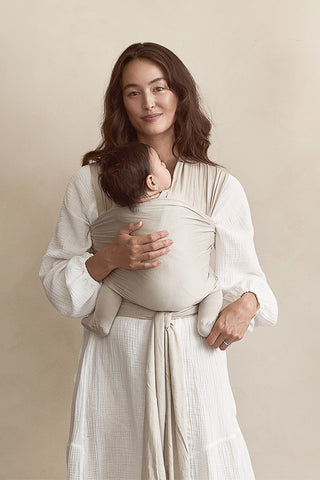
Friendships are often the first relationships our children have outside of their core family unit. And while relationships can get complicated with time and age, the foundation of what it means to be a “friend” often stems back to the teachings and examples set by us as parents.
It’s no secret that friendships are a vital part of human existence. The basic fulfillments of friendship—companionship, loyalty, trustworthiness, acceptance —don’t change over time. We crave these relations from our earliest recollections and throughout all seasons of life. The relationships we forge with dear friends are the source of some of our fondest memories and can create treasured connections that last a lifetime.
Build good self-esteem
The first step in teaching your child to be a good friend is to help them establish a strong sense of self. Positive self-esteem helps your child to be themself and enjoy interacting with others, so they won’t feel it is necessary to join in on bullying or other mean behaviors to make themself feel better or to fit in.
Teach empathy
We want our children to be able to understand how others are feeling and to be able to interact about their feelings. Try asking them questions like “How does that make you feel?” and “How do you think that made them feel?” When they understand how something makes them feel, they are often able to understand why they should or shouldn’t do something because of how it may make others feel.
Foster communication skills
Most children love to talk about themselves, and asking good questions is often the entry point for building friendships. Brainstorm with your child what types of questions they might ask. What's your favorite color? What do you like to do after school? What’s your favorite recess game? What’s in your lunch? How many brothers and sisters do you have? Who’s your teacher? Of course, going along with asking questions is listening to the answer, but helping your kids bolster their communication skills will jumpstart the friendship process.
Read books about friendship
Reading books about friendships and the issues that can sometimes occur can help them navigate their own friendships. Choose books about lots of types of friendships, including with kids who are different from each other and who run into conflicts, to show your child how you can be respectful of differences and still remain friends. This article has a great list of recommendations for books about friendship.
Encourage invitations
For a friendship to begin, someone has to take action. And if your child is shy, this can feel like a big roadblock. Luckily, little ones tend to have less hangups in this department, so starting young is key. This can be one person inviting another to do something or it can be joining in with what a child or group is already doing. Explain this concept and brainstorm simple, low-risk invitations: Do you want to go down the slide or something else (during recess)? Can I sit next to you? Do you want to play catch?
Remind them each day
When you drop your little one off at school or daycare, remind them to “be a good friend today.” It's a simple reminder that empathy and compassion are part of their daily routine, so when they are interacting with their friends, they are learning to listen well and love other people well.
Show by doing
Your kids watch your behavior, even when you don’t think they're paying attention. Your child will learn how to treat their friends from the way you treat yours. By speaking kindly of them, keeping your plans with them (when possible!), and treating them well, you are modeling how to be a good friend.
Learning how to be a good friend isn’t an overnight process. It’s a lifelong opportunity for teachable moments. Eventually, they’ll get the hang of it. With your guidance and a little practice, they'll turn into a loving, kind and empathetic friend.








